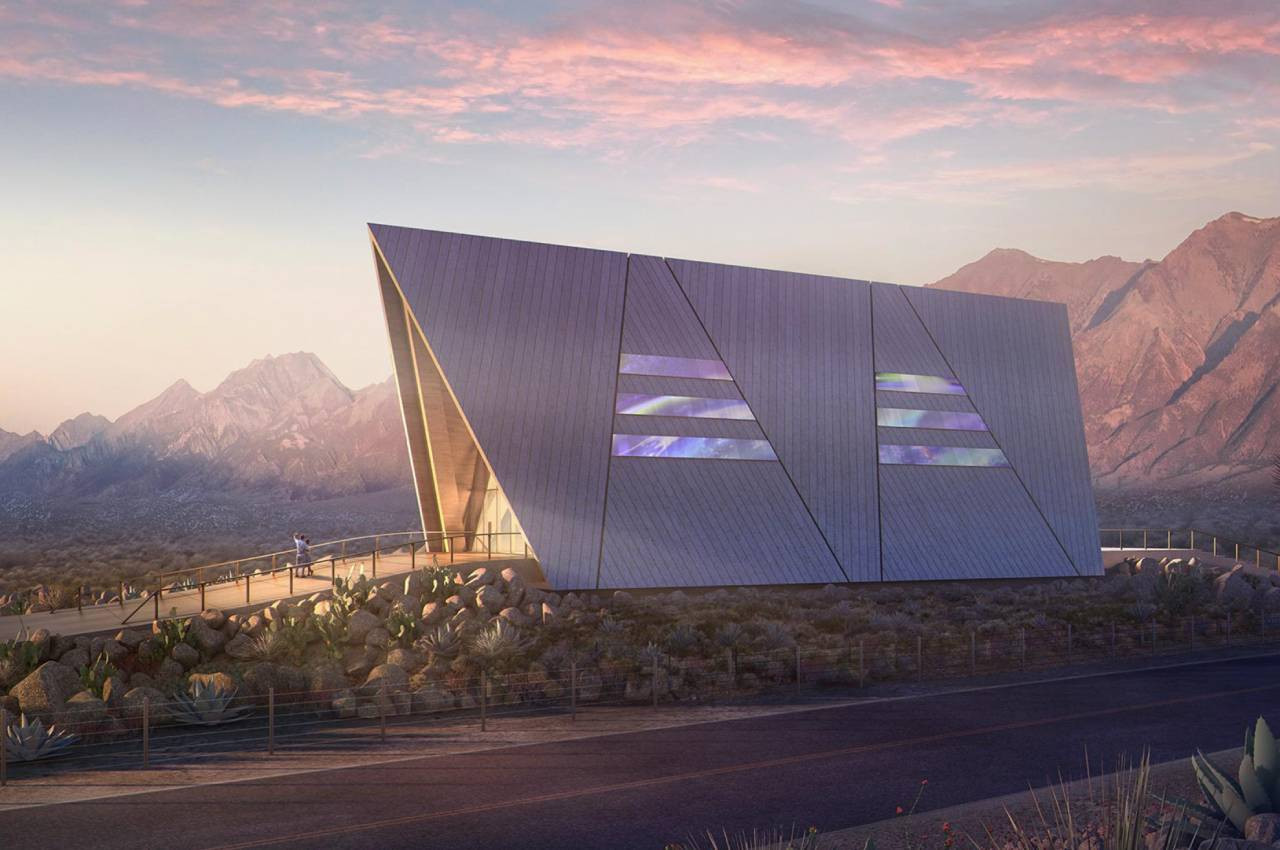Don’t talk about nuclear power in Luxembourg: it’s not safe, it’s very dangerous if something goes wrong, and there’s waste for hundreds of years to come. Elsewhere, however, the subject is being explored in a new light: small modular reactors (SMRs). Forced to do so, the tech giants are bound to be pioneers: in 2007, Google fully offset its carbon footprint and is aiming to use entirely decarbonised energy by 2030, taking care to address the issue of the water used to cool its data centres; the same targets apply to Microsoft, except that the company started in 2010 and wants to have 100% renewable energy for its data centres by next year; for Amazon, it will be 2040 for carbon-free energy and 2025 for renewable energy...
These multi-billionaires understood that artificial intelligence was going to seriously increase their electricity consumption until Nvidia and co. marketed even more efficient electronic chips. They took an interest in technologies that were born 80 years ago and more or less ignored as long as uranium and oil were extracted en masse.

The evolution of electricity consumption due to AI according to Oklo, Sam Altman’s new project. Source: Letters to Oklo shareholders, 14 November 2024
Once again, Sam Altman, the founder of OpenAI (ChatGPT), is one of the main investors in the future rockstar of the sector, Oklo. In the first half of the year, the company, financed via a Spac, should have its first operating licence from the US authorities, enabling it to open its first production unit in 2027, the Aurora Powerhouse in the Idaho National Laboratory. Altman is inundated with pre-orders, the latest being one of the largest to date. On Wednesday 19 December, Oklo announced a deal with Switch, an AI provider, to deploy 12 gigawatts of Oklo Aurora power plant projects until 2044. Two data centre giants have signed letters of intent to supply 750MW.
The special feature of this project lies in the recycling of nuclear fuel--95% of which remains unused in our current nuclear power stations, says Oklo. “Recycling involves fissioning actinides, which have a half-life of between tens and hundreds of thousands of years. After 300 to 700 years, the remaining waste returns to the normal background radiation levels of the natural deposits from which it came.”
Microsoft had first announced an agreement , to produce 50MW or more after a one-year ramp-up period, starting in 2028. Using deuterium-tritium to produce a magnetically confined, pulsed plasma, the company has already built six working prototypes and was the first private fusion company to reach plasma temperatures of 100 million degrees with its sixth fusion prototype. The company is currently building its seventh prototype, Polaris, which has been given the go-ahead to operate but is a little behind schedule compared with its ambitions (end of 2024).
Bill Gates and Jeff Bezos, the forerunners
It was ten years ago that Google offered computing capacity to TAE Technologies, before investing, in 2022, in a $250m round with Chevron. According to TAE, this investment is due to the success of the Optometrist algorithm developed jointly with Google, which uses machine learning to optimise the operation of TAE’s research reactors, considerably increasing the rate of progress and the ultimate performance achieved. Programmatic steps that previously took well over a month can now be completed in a single day. In addition, companies have developed revolutionary capabilities for holistic post-processing and integration of a wide range of independent diagnostic measurements to produce high-fidelity information on experimental data at record scale.
And if it’s not directly related to their respective businesses, Bill Gates founded and invested in Terrapower back in 2010, a company that also received approval this summer to build its first plant, in Wyoming, on the site of a former coal mine. “I am proud of all the partners and people who have contributed to the construction of the world’s most advanced nuclear project in Kemmerer, Wyoming. I believe Terrapower’s next-generation nuclear energy will power the future of our nation and the world,” he said as he broke ground on the project this summer.
The project includes a 345MW sodium-cooled fast reactor with a molten salt energy storage system. This will increase the system’s output to 500 MW when needed, equivalent to the energy required to power around 400,000 homes. The energy storage capability allows the plant to integrate seamlessly with renewable resources, and is the only advanced reactor design with this unique feature.
In 2011, at almost the same time, Jeff Bezos invested his first dollars in another Canadian project, General Fusion, which was launched in 2002 and has raised more than $440m. Its first power plant, LM26, is currently under construction and should reach scientific profitability by 2026. But the company has recently achieved a technological feat: it has succeeded in ‘compressing’ the plasma (an ultra-hot ionised gas) confined in a spherical device, similar to a tokamak, to levels never before achieved by the industry, thereby ensuring greater energy efficiency.
All these players intend to take advantage of the Advance Act (Accelerating deployment of versatile, advanced nuclear for clean energy), introduced in the US Congress in 2023, a bill designed to facilitate, accelerate and encourage the deployment of advanced nuclear reactors. In particular, it promises to simplify administration for players in the sector, with an 18-month authorisation period and tax breaks.
Private players are not the only ones seeking to occupy this field. The US Department of Energy is pointing to two other projects, as early as 2027 and .
Although there are projects in Europe, the Draghi report never mentions this possibility. The word “nuclear” is only mentioned six times, always alongside the words “renewable energies,” without any strategy.
This article was originally published in .
